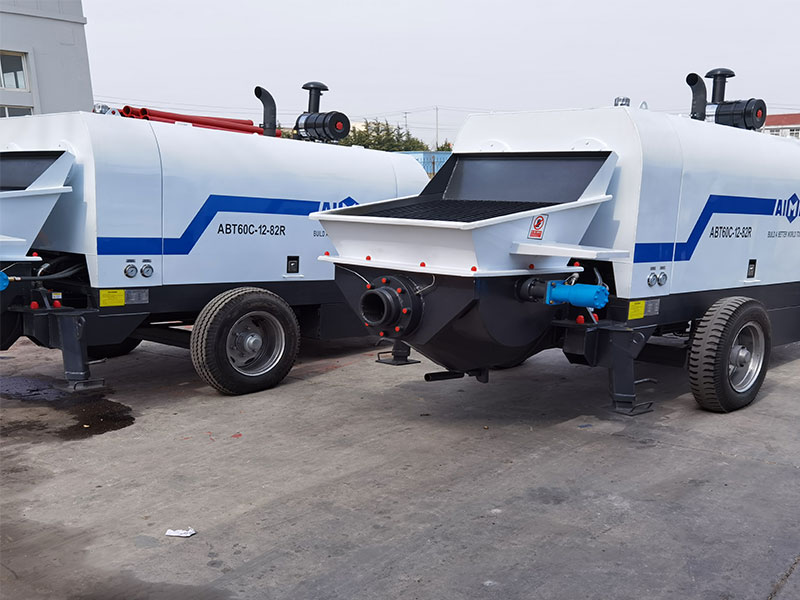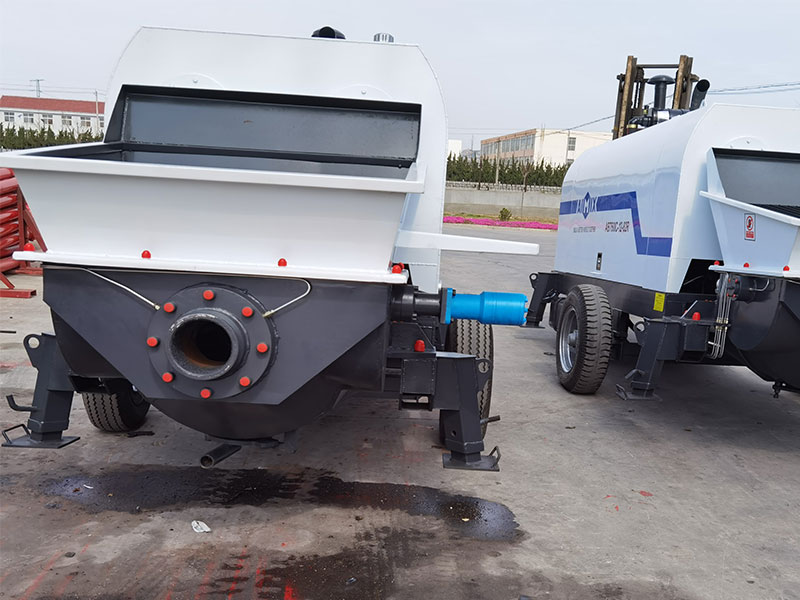Concrete pumps are vital equipment in the construction industry, enabling efficient and precise delivery of concrete to various project sites. Two common types of concrete pumps are mobile concrete pumps and stationary concrete pumps. While both serve the same purpose of transporting concrete, they differ in terms of mobility, reach, and operational capabilities. In this article, we will conduct a comparative analysis of mobile and stationary concrete pumps to understand their unique features, advantages, and limitations.
Mobility and Flexibility
One of the key distinctions between mobile and stationary concrete pumps lies in their mobility. Mobile concrete pumps are mounted on trucks or trailers, allowing them to be easily transported from one site to another. This mobility makes them ideal for construction projects that require frequent relocations or have multiple job sites. Mobile concrete pumps offer the advantage of being self-contained units, incorporating a truck or trailer with an integrated concrete pump, pipeline, and boom system. They can quickly set up and start pumping concrete, providing flexibility and responsiveness to changing project requirements.

In contrast, stationary concrete pumps are fixed in a specific location, typically at a central batching plant or on a construction site. These pumps are connected to a pipeline system, allowing them to reach various areas of the site. While they lack the mobility of their mobile counterparts, stationary pumps excel in delivering high volumes of concrete over long distances. Their fixed position enables continuous pumping operations without the need for relocation, making them suitable for large-scale projects with consistent concrete demand.
Reach and Output Capacity
Another important aspect to consider when comparing mobile and stationary concrete pumps is their reach and output capacity. Mobile concrete pumps generally have shorter boom lengths compared to stationary concrete pump for sale, typically ranging from 20 to 60 meters. These shorter booms make mobile pumps more maneuverable in tight spaces and well-suited for small to medium-sized construction projects. They are particularly useful for residential buildings, small-scale infrastructure projects, and projects with limited access.
In contrast, stationary concrete pumps feature longer booms, often exceeding 60 meters in length. The extended reach of stationary pumps allows them to efficiently deliver concrete to high-rise buildings, large-scale infrastructure projects, and projects with expansive footprints. The longer booms provide the flexibility to navigate complex construction sites and reach distant areas with ease. Additionally, stationary pumps offer higher output capacities, allowing for the continuous delivery of large volumes of concrete.

Operational Efficiency and Maintenance
When considering operational efficiency and maintenance requirements, both mobile and stationary concrete pumps have their advantages. Mobile concrete pumps offer quick setup and mobility, enabling them to be deployed rapidly at different project sites. They are equipped with hydraulic outriggers and stabilizers, ensuring stability during operation. Mobile pumps are suitable for projects that require frequent relocation or have tight construction schedules. Their compact size and integrated design make them easy to maneuver and operate, even in challenging terrain.
On the other hand, stationary concrete pump for sale requires a more extensive setup process but offer higher operational efficiency once in place. These pumps are connected to a stationary pipeline system, allowing for continuous concrete delivery without the need to reposition the pump. Stationary pumps often feature advanced hydraulic systems, automated controls, and large-capacity hoppers, enhancing their productivity and efficiency. However, their fixed location limits their reach and requires careful planning to ensure optimal pipeline layout.
In terms of maintenance, both types of concrete pumps require regular servicing and inspection to ensure smooth operation. Mobile pumps may require more frequent maintenance due to the vibrations and stresses associated with transportation. Stationary pumps, although not subject to transportation-related wear and tear, require periodic checks on the pipeline system and stationary components to maintain optimal performance.
Conclusion
In summary, mobile concrete pumps and stationary concrete line pump each offer distinct features and advantages. Mobile pumps excel in their mobility, flexibility, and ability to adapt to changing project requirements. They are suitable for smaller-scale projects with limited access or frequent relocations. On the other hand, stationary pumps provide extended reach, higher output capacities, and continuous pumping operations, making them ideal for large-scale projects with consistent concrete demands.
The choice between mobile and stationary concrete pumps depends on factors such as project size, accessibility, reach requirements, and the need for mobility or continuous operation. By carefully evaluating these factors, construction companies can select the most suitable concrete pump type to optimize their operations and achieve efficient concrete delivery.